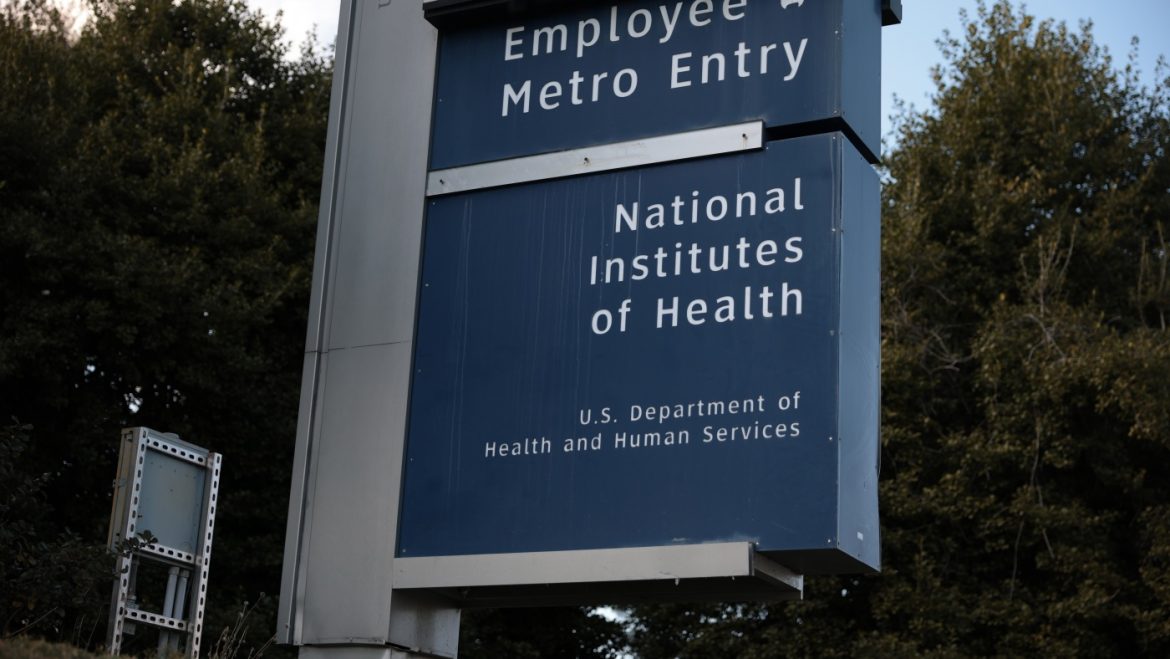The National Institutes of Health (NIH) stands as a cornerstone of biomedical research in the United States, underpinning advances that improve health outcomes, stimulate economic growth, and reinforce the nation’s scientific leadership. Recent events and internal dissent highlight a period of significant turmoil due to proposed budget cuts, policy shifts, and concerns over political interference. This report offers a comprehensive exploration of the challenges facing the NIH, the response from its scientific community, and the broader implications for biomedical research in the U.S.
Rising Tensions within the NIH Community
More than 300 NIH staffers, including scientists, postdoctoral fellows, and other employees, have publicly voiced their alarm over recent administrative decisions. This collective protest, manifest in the “Bethesda Declaration,” reflects a rare and resolute public dissent by employees within a traditionally discreet federal agency. The staffers appeal directly to NIH Director Jay Bhattacharya, urging him to safeguard the integrity and future of biomedical research amid freezes and cuts to external grants.
Central to their concern is the politicization of science, with an explicit call to reverse reductions impacting research on topics such as diversity, equity, and inclusion. These cuts, linked to directives under former President Donald Trump’s administration, have sown fear among researchers who worry about wasted resources and the erosion of scientific rigor. Some NIH veterans have expressed their refusal to be complicit in what they perceive as politicization that undermines transparent, evidence-based research.
Impact of Funding Cuts and Policy Changes
Budgetary constrictions have manifested in multiple ways:
– Layoffs of approximately 1,200 NIH employees have thinned the workforce supporting research administration and innovation.
– A freeze on awarding and evaluating new research grants, particularly through pauses in key “study sections,” has stalled numerous promising projects.
– Caps on indirect costs of research grants reduce funds available for essential support functions in institutions conducting NIH-funded research.
These measures collectively jeopardize ongoing medical research, which historically has led to breakthroughs in curing diseases and improving quality of life. Stakeholders warn that sustained funding cuts could erode America’s competitive edge in biomedical innovation, hampering not just scientific discovery but also related industries.
The Economic and Social Significance of NIH-Funded Research
The NIH’s contribution extends far beyond the laboratory. It supports a biomedical research ecosystem that:
– Generates approximately $3 trillion in economic activity.
– Supports more than 10 million jobs across the U.S.
– Advances technologies and therapies that enhance public health globally.
Given this scope, reductions in NIH funding risk triggering a cascade of adverse effects on industry, healthcare outcomes, and national economic stability.
NIH’s Forward-Looking Initiatives Amidst Challenges
Despite these setbacks, NIH leadership, under Director Bhattacharya, has signaled areas of innovation intended to reshape biomedical research. One notable initiative focuses on prioritizing human-based research technologies, integrating advances in data science with a refined understanding of human biology. This strategy aims to accelerate the translation of research findings from clinical development phases to real-world applications, potentially modernizing the research paradigm.
Calls to Action: Protecting NIH Funding and Scientific Integrity
The broader scientific community, including professional societies such as the Endocrine Society, has made urgent appeals to Congress to safeguard NIH funding. Hearings addressing “Biomedical Research: Keeping America’s Edge in Innovation” underscore the widespread recognition that sustained investment is critical for maintaining leadership in biomedicine.
These appeals emphasize that protecting the NIH transcends budget line items—it is about preserving an ecosystem essential for medical innovation, scientific integrity, and national well-being.
—
Conclusion: A Crossroads for NIH and Biomedical Research
The NIH finds itself at a crossroads where political decisions, budget constraints, and the voices of its own scientists converge to shape the future trajectory of American biomedical research. The unprecedented internal declaration from over 300 NIH employees signals deep concern not only over funding but also over the integrity and autonomy of scientific inquiry.
Moving forward, addressing these challenges will require balancing fiscal realities with the imperative to maintain a thriving, independent research environment. Upholding the NIH’s foundational role is not merely bureaucratic—it is key to sustaining medical breakthroughs, economic vitality, and public trust in science. Preserving this institution’s strength amid complex pressures is essential to securing a healthier, more innovative future.


